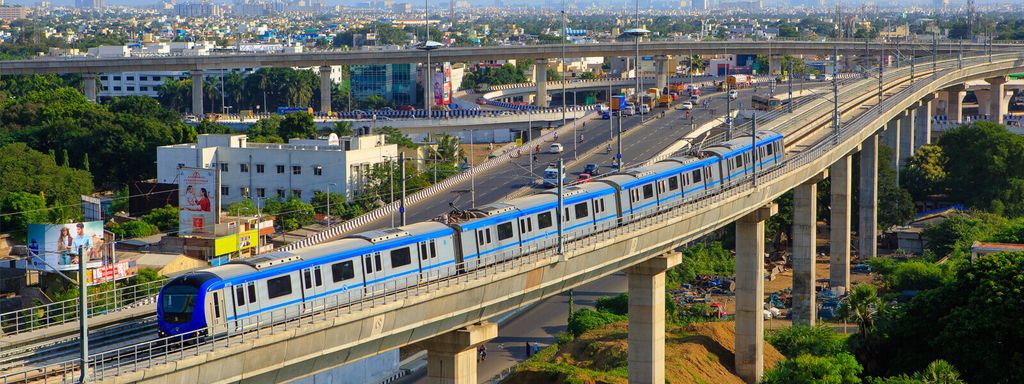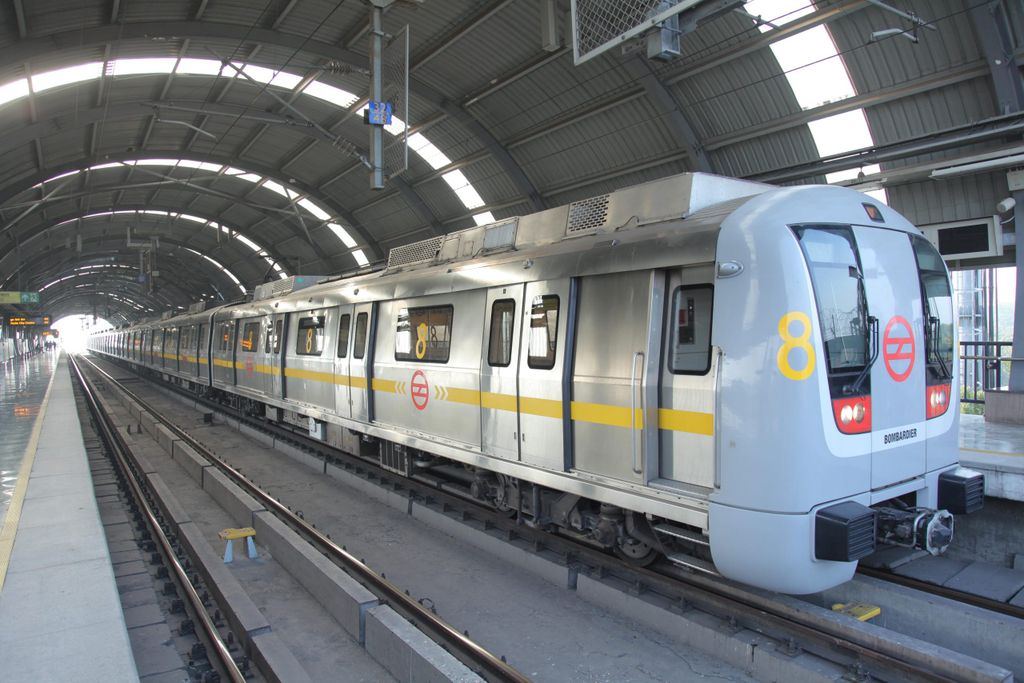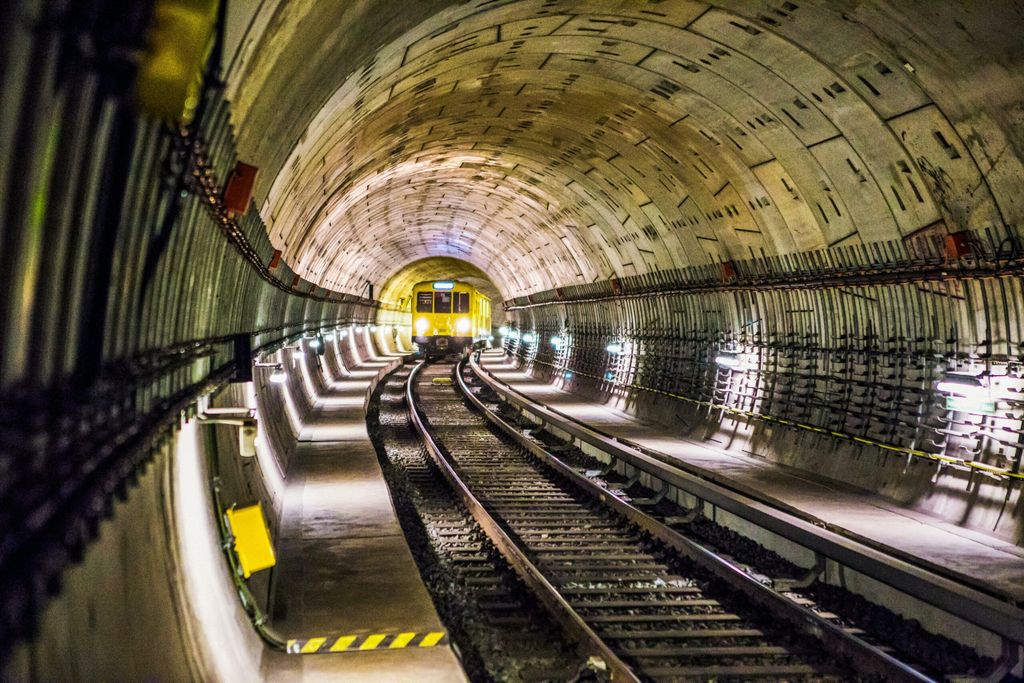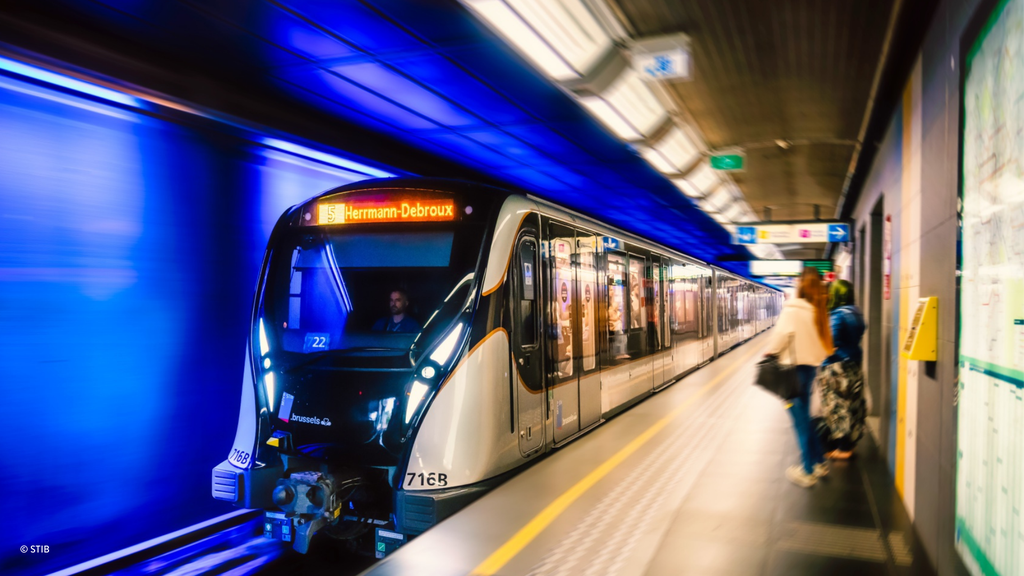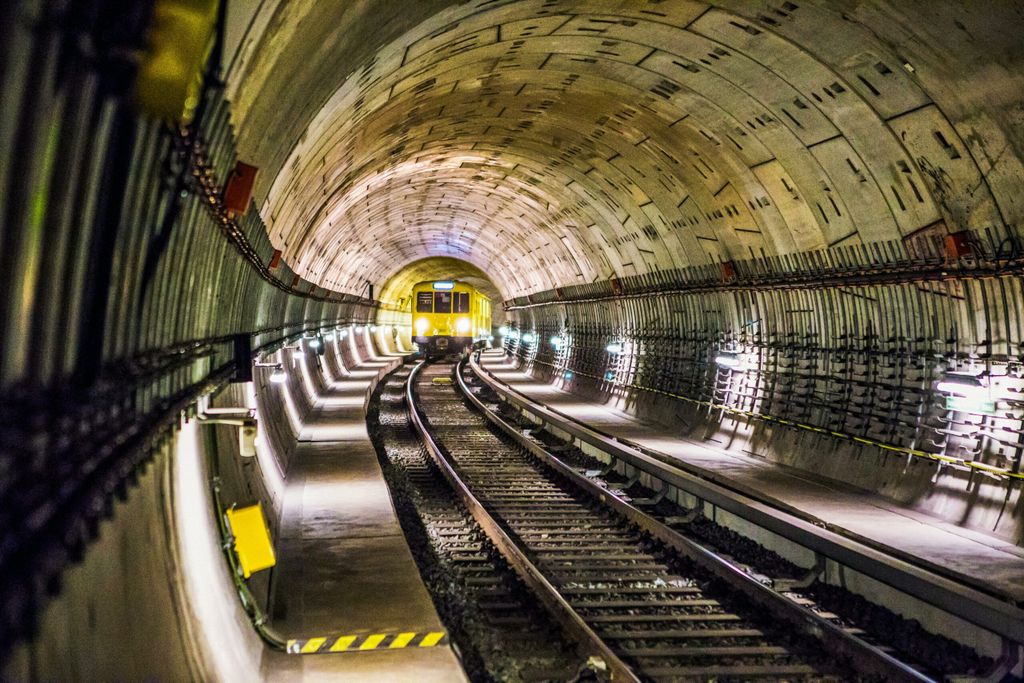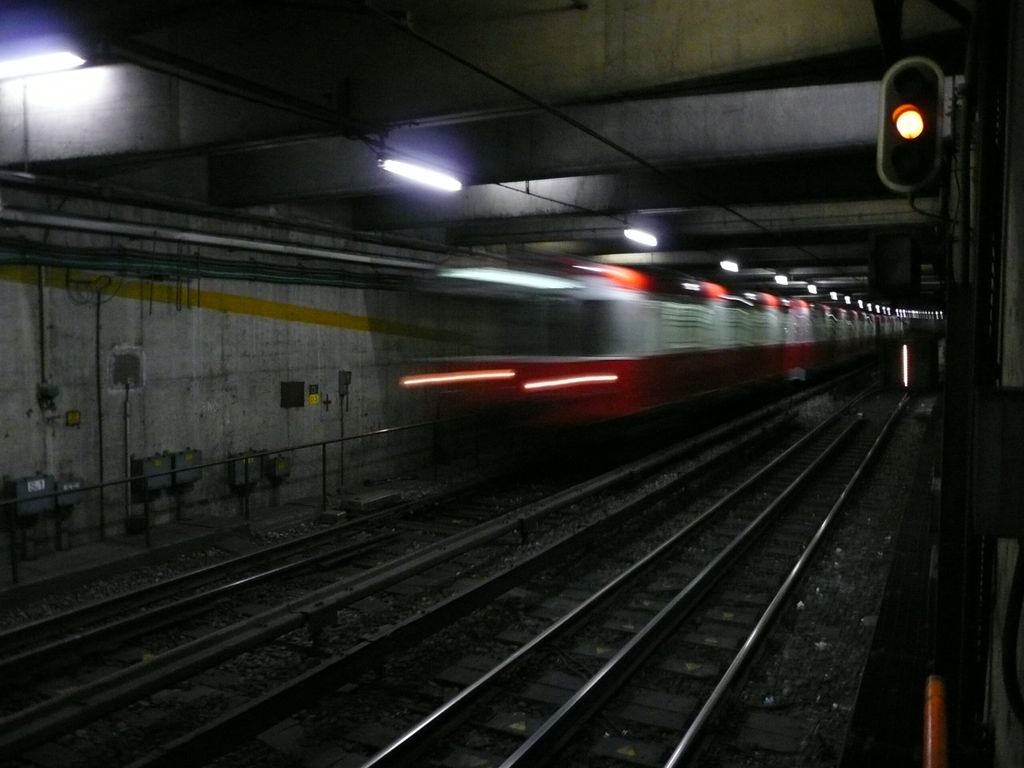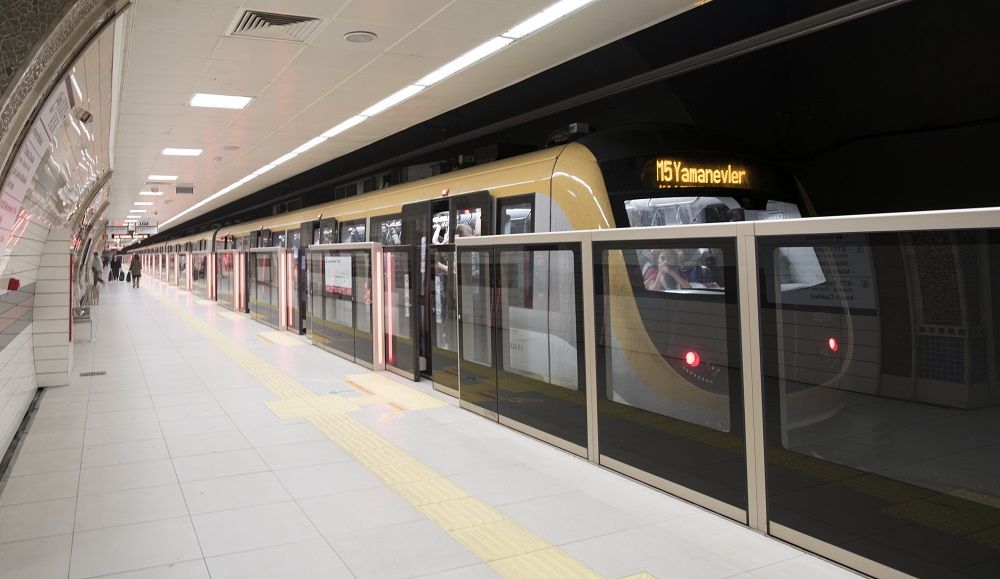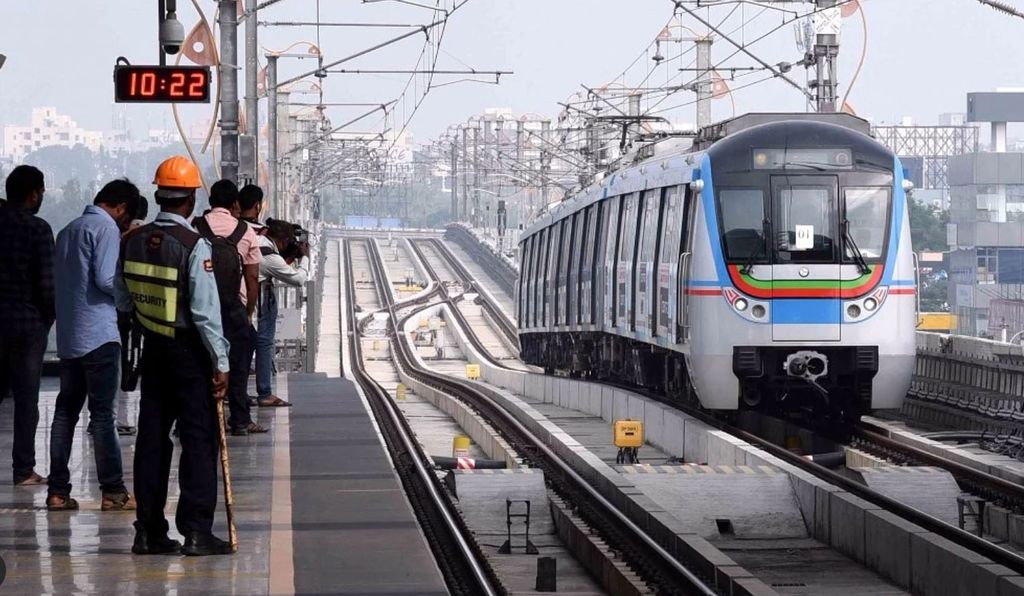
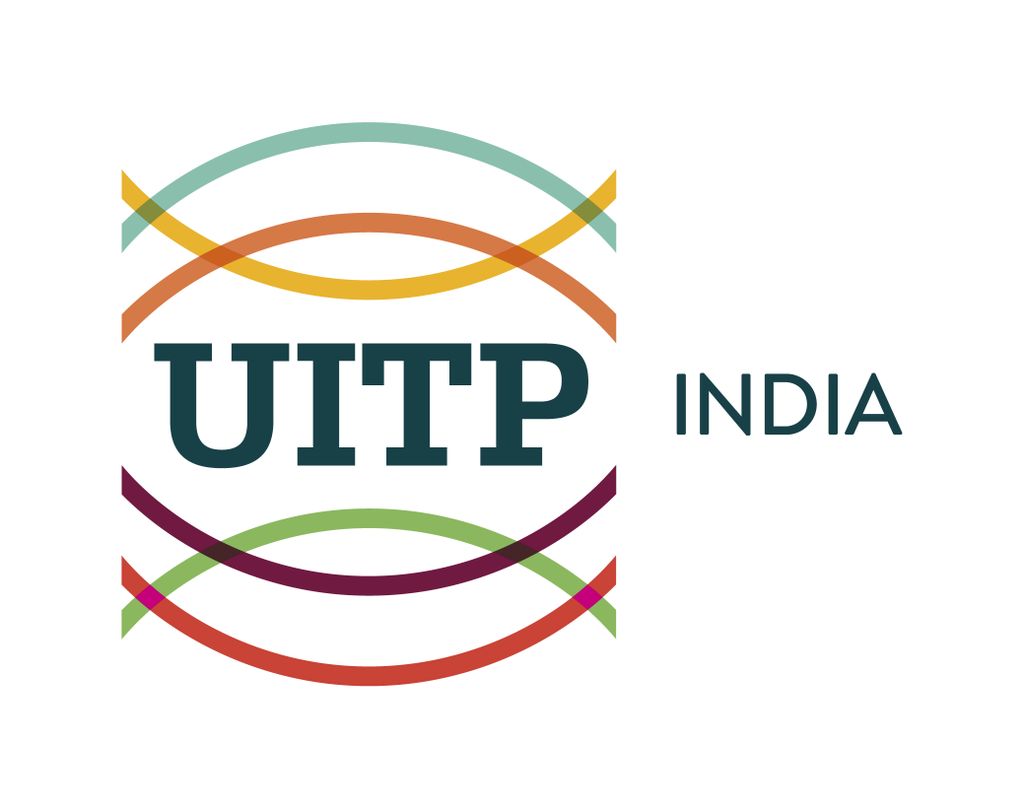
Lessons for upcoming rail projects: UITP analyses performance of India metro systems
Identifying avenues for improving the planning and performance
Metros are amongst the most critical, complex and valuable infrastructures for cities to perform successfully in the global competition to attract people, talent and business. They are strong enablers of economic development, land value boosters, lifestyle markers and space recreators.
They also present cities with challenges such as high capital requirements and long-term planning processes, requiring a high level of convergence and consensus among stakeholders.
India has a vast metro rail network of 697 km in 13 cities, and with the Government of India’s continued financial support, is further expected to increase by 1,032 km in 27 cities. These metro systems are delivering high economic, social and environmental values to the cities.
In addition, lighter urban rail systems such as Metrolite and Metro Neo are being conceptualised and developed by many small- and medium-sized cities.
With these upcoming investments, it becomes imperative for Indian cities to better understand the current Indian and global mass transport systems.
UITP has released a Knowledge Brief, ‘Performance of India Metro systems: Lessons for upcoming urban rail systems‘, which analyses the operational and financial performance of existing metro rail systems in four metropolitan cities with the longest approved metro network in India:
- Delhi
- Mumbai
- Bangalore
- Chennai
These cities provide a representative case study of metro systems in India, both existing and upcoming.
The performance of these Indian metro systems is benchmarked against the performance of global leaders such as London, Singapore and Hong Kong to identify potential areas of improvement. The performance analysis was carried out for the years preceding the COVID-19 pandemic in full-scale economic activities.
Metros in India are in an exponential expansion phase in cities with existing metro networks and rapid induction phase in cities that want to introduce them. It is the right time for them to reflect on the existing metro systems in the country and ascertain errors and successes. This Knowledge Brief analyses existing systems and aims to steer upcoming mass transport systems to enhance planning and performance of Indian metro systems.
Benchmarking against performance indicators
Operationally, three major performance indicators were used for the brief.
- The average daily ridership was compared between the Indian and international metro rail systems.
- Since the system characteristics of metro rail varies across cities, comparisons were carried out for the ridership per kilometre of network for all cities, where the Indian metro systems achieved comparable numbers to their international peers. Despite that, the absolute ridership achieved by Indian metro systems was observed as much lower than their originally projected ridership at planning phase.
- Hence, a comparison between the actual ridership achieved versus initial projected ridership was calculated to draw attention to the need of realistic demand and financial projections.
The financial performance assessment for the Indian metro systems was carried out from the perspective of their costs, revenues and overall financial performance and were benchmarked against the international peers.
The total project cost and the cost per km of network analysis for Indian metros was carried out to act as guiding principle for the cities planning to increase their network lengths and for cities initiating new rail projects.
The revenue analysis for all case cities split by source showed the revenue distribution details for the cities. This along with the overall financial performance of the systems, highlights the decision of encouraging lighter and cheaper modes such as Metrolite and Metro Neo systems to mitigate financial losses in the future.
The revenue recovery ratios such as farebox, operational and total revenue recovery ratios demonstrate learnings from international peers and also advocate the need of definitive steps towards Unified Metropolitan Transport Authorities (UMTAs).
Furthermore, two alternative scenarios were analysed, first, the evaluation of financial performance of the Indian cases in case the originally projected ridership was achieved, and second the revenue required to achieve financial breakeven.
Keep it Rail!
This Knowledge Brief identifies avenues for improving the planning and performance of both the existing as well as upcoming mass transport systems in India.
Metros deliver high economic, social and environmental value. The benefits are countless and recurrent not over years or decades, but over generations.
That is why UITP is advocating for rail as it plays a vital role to keep cities and regions alive and moving. Keep it Rail!is all about tracking the many great rail initiatives and activities from UITP and its members.




